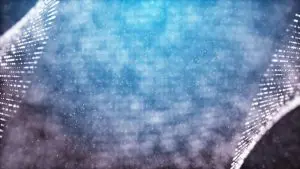Introduction Since their introduction, multilayer printed circuit boards have provided a significant benefit to the thermal management of IC packages. As is widely recognized, the power and ground planes in these boards function as fins and spread the heat beyond the package footprint and enhance heat transfer to the air. Heat can flow into these planes by conduction either … [Read more...]
Heat Transfer Enhancement By Using Nanofluids For Cooling Of High Heat Output Microprocessor
It is well known that the thermal properties of heating or cooling fluids play a major role in the development of energy-efficient heat transfer equipment. However, conventional heat transfer fluids such as water, ethylene glycol and engine oils have, in general, poorer heat transfer properties than most solids. In spite of considerable research efforts, major improvements in … [Read more...]
Insulated Metal Printed Circuits – A User-Friendly Revolution In Power Design
Introduction The growing pressure to fit as much circuitry into the smallest space possible has created new and more acute thermal problems for the design engineer. More high power components in a smaller space means higher watt densities, which lead to increased heat. As the operating temperatures of components within a design increase, their performance, stability, and life … [Read more...]
Metal Injection Molding Of Heat Sinks
Introduction New thermal management solutions are needed to provide cost-effective means of dissipating heat from future generation microelectronic devices. A relatively new process to reduce the costs of fabricating large quantities of complex components, such as heat sinks, is metal injection molding (MIM), a net-shaping process in which metal powder is mixed with a … [Read more...]
Seven Years Of Technical Data: An Overview
The first 1997 issue of ElectronicsCooling started with a Technical Data column, the first of a still continuing series of columns devoted to data that are of interest to thermal designers. In the author's opinion, it is high time to come up with an overview of all items that have been covered over the past seven years. As is obvious from the table, the majority of columns … [Read more...]
- « Previous Page
- 1
- …
- 316
- 317
- 318
- 319
- 320
- …
- 356
- Next Page »







